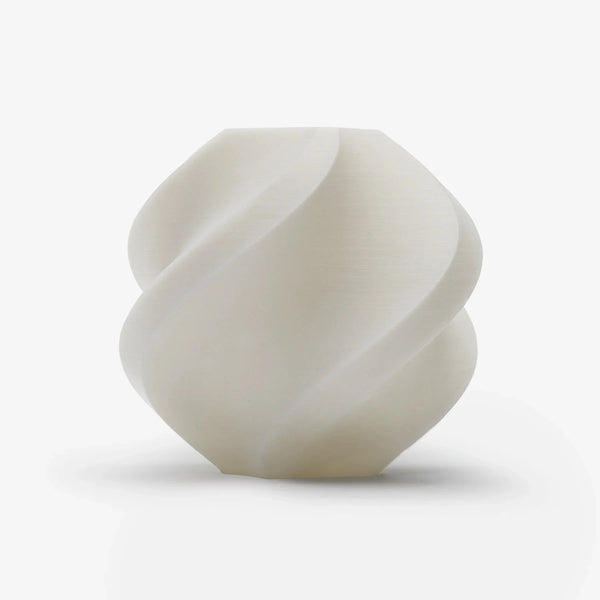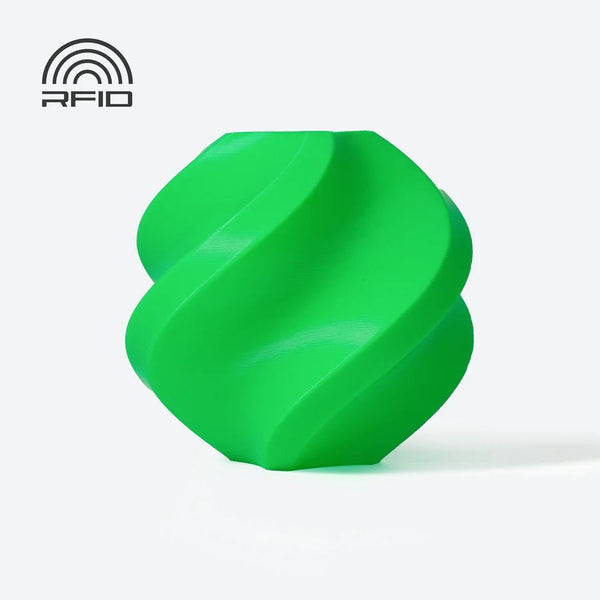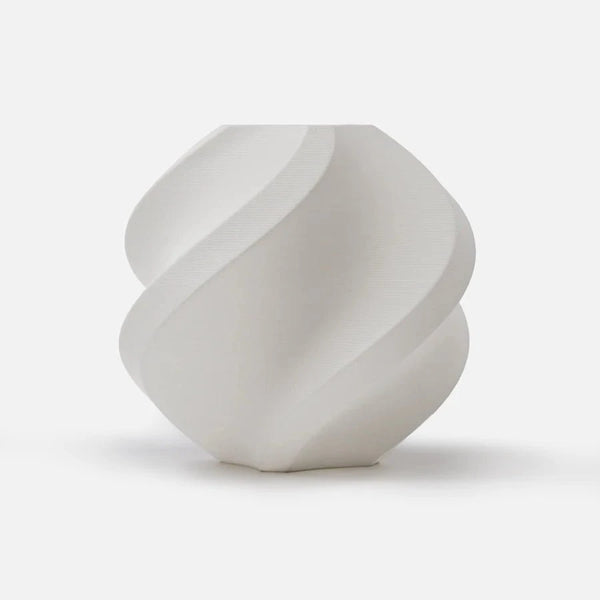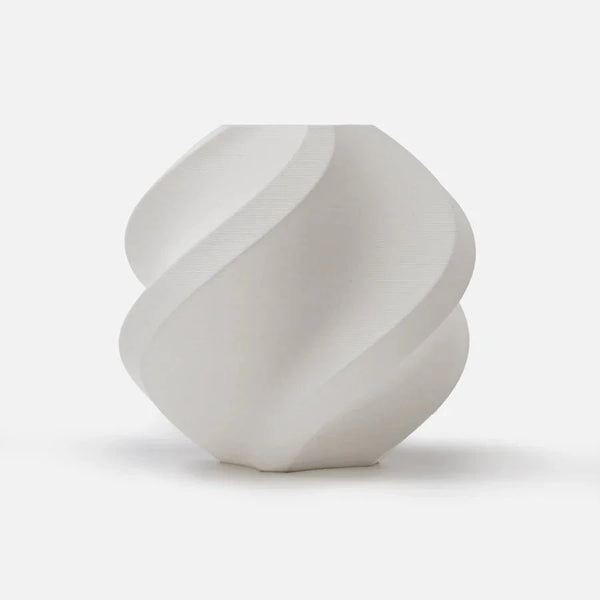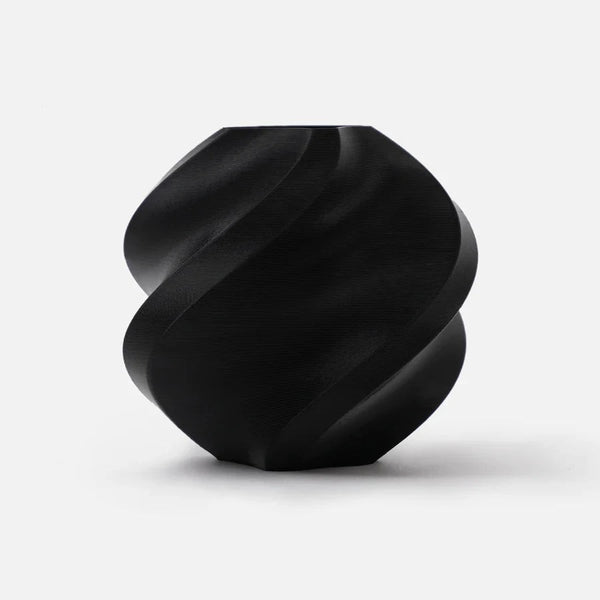Z-ESD* filament gives your models electrostatic discharge protection particularly useful in the electronic industry. Its surface resistivity ranging from 10^6 to 10^9 Ω/sq eliminates the risk of damaging sensitive electronic devices. The filament protects your models against most acids, alcohols, and weak alkalies. Z-ESD is perfect for casings of delicate electronic and mechanical components working in an adverse industrial environment.
The 3D printing material is best for industrial applications, like casings, tools made ad-hoc, and production parts. Low shrinkage guarantees precise and risk-free 3D printing of large models. Z-ESD is available in black.
| Dedicated for |
Container |
Weight |
Diameter |
Extrusion |
| Zortrax M200 |
spool |
800 g ±5% |
1.75 mm |
Single |
| Zortrax M200 Plus |
| Zortrax Inventure |
Single / Dual with Z-SUPPORT PREMIUM |
| Zortrax M300 |
2000 g ±5% |
Single |
| Zortrax M300 Plus |
| Zortrax M300 Dual |
Dual with Z-SUPPORT PREMIUM |
| Key Properties of Z-ESD |
Metric |
Imperial |
Test Method |
| Tensile Strength |
32.88 MPa |
4770 psi |
ISO 527:1998 |
| Flexural Modulus |
1.50 GPa |
218 ksi |
ISO 178:2011 |
| Glass Transition Temperature |
79.93° C |
176° F |
ISO 11357-3:2014 |
|
| Key Properties of Z-ESD v2 |
Metric |
Imperial |
Test Method |
| Tensile Modulus |
2.3 - 2.4 GPa |
334 - 348 ksi |
DIN 53457 |
| Glass Transition Temperature |
80 - 90° C |
176 - 194° F |
DSC |
Applications
- industrial parts and tools
- end-use parts
- casings for electronic devices
- parts required to be resistant to chemicals and electrostatic discharge
Electrostatic discharge protection
Z-ESD material maintains surface resistivity in a wide range from 10^6 to 10^9 Ω/sq. The 3D printed casings and tools allow you to protect delicate components against electrostatic discharges.
Industrial grade
Very low shrinkage of Z-ESD guarantees accuracy and reliability of every print. 3D print precise end-use parts to cut costs and lead times.
Chemical resistance
Use Z-ESD to 3D print parts meant for work in adverse environments. You can expose the 3D printed objects to most acids, alcohols, and weak alkalies with no risk of deformation or damage.

